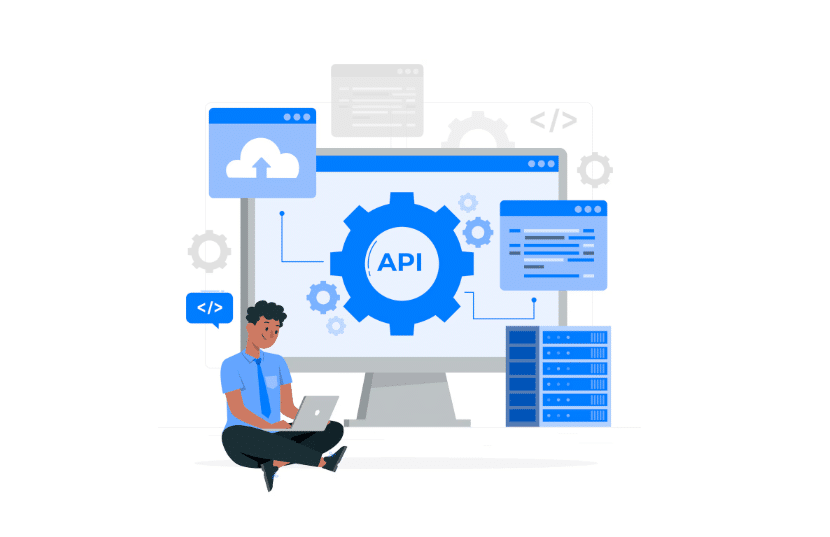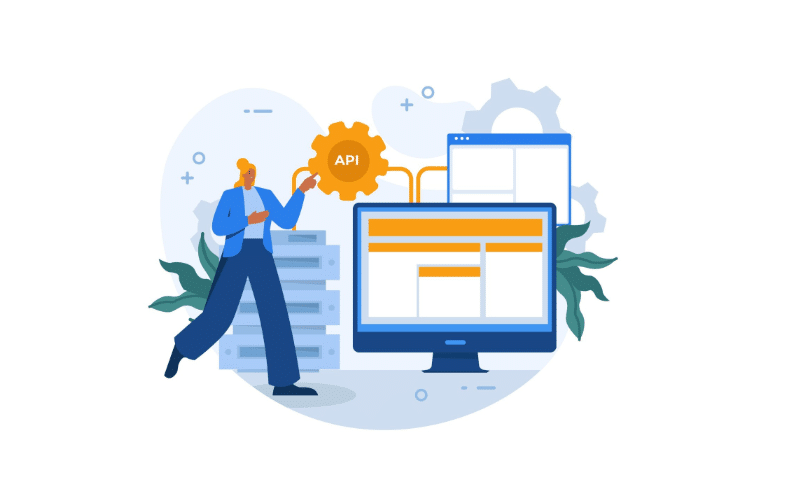Today’s businesses rely on several digital software systems, including accounting, customer management, enterprise management and manufacturing applications. Yet, if these areas exist separately, it often causes inefficient use of resources, isolated data and opportunities that are overlooked. This is where Software Integration Services prove indispensable.
If software is integrated, all your digital tools are in one place, making it easier for communication and automation to happen everywhere in your company. No matter if you’re a manufacturer trying to link your production units with inventory systems or a small business connecting HR and finance, integrating your platforms helps your company grow and remain flexible.
What Are Software Integration Services?
At their core, Software Integration Services are professional offerings that help businesses combine different software platforms and tools into a single, interoperable system. The goal is to ensure that data flows accurately between platforms and that all tools work cohesively.
These services cover:
- Designing integration architecture
- Connecting cloud-based and on-premise systems
- API development and customization
- Middleware configuration
- Real-time data synchronization
- Ongoing support and optimization
With integration, you can automate repetitive tasks, reduce data entry errors, and create a consistent workflow across departments.
Why Integration Matters
If software systems do not interact with each other, groups have to spend lots of time exchanging data by hand, setting records straight and investigating problems that slow things down. A lack of connection between workstations can not only make work less productive but can also raise risks in operations.
Benefits of software integration include:
- Real-Time Data Access: Unified systems provide up-to-date information across departments.
- Operational Efficiency: Automation reduces manual errors and improves turnaround times.
- Data Accuracy: Redundant data entry is eliminated, and information remains consistent.
- Better Decision-Making: Integrated systems generate reliable reports and insights.
- Customer Satisfaction: Service delivery becomes faster and more consistent when data is readily available.
How Software Integration Services Work
The process is done systematically to keep everything accurate, efficient and minimize the amount of disruption to the business. Let’s go through the steps closely now:
1. System Audit and Needs Assessment
The first phase includes evaluating existing software platforms, identifying integration goals, and assessing any gaps or redundancies in the system.
- What systems are in use?
- What data needs to be shared?
- Where are the bottlenecks?
This step is crucial to map out a strategy tailored to your business objectives.
2. Strategy and Tool Selection
When the goals are set, the experts decide which integration approach to use, whether it’s point-to-point, middleware or API-based. The right software integration tool depends on the complexity, scalability, and specific needs of your operation.
EZSoft depends on ControlBuilder®, its custom engineering tool, to unite automation systems and cut down on repetitive tasks.
3. Architecture and Development
The technical phase begins with establishing communication protocols and data structures between systems. This may include:
- Creating custom APIs
- Implementing middleware platforms
- Mapping data formats between applications
4. Testing and QA
The computer systems that interact are tested in detail before being connected to the database. This means carrying out functional testing, testing capacity and assessing security.
5. Deployment and Support
After validation, the solution is deployed in a live environment with continuous monitoring and support for performance optimization and issue resolution.
How EZSoft Helps with Integration
EZSoft specializes in providing custom Software Integration Services for manufacturers, especially in industries such as food and beverage, life sciences, and specialty chemicals.
Here’s what sets EZSoft apart:
- ControlBuilder®: A proprietary software that streamlines integration with PLCs and SCADA systems. It minimizes engineering time and ensures code standardization.
- MES Integration: EZSoft helps factories set up and join Manufacturing Execution Systems to ERP, SCADA and shop floor controls for increased control and improved results.
- Custom Reporting Dashboards: Apart from integration, EZSoft designs dashboards that let users see current KPIs and reports created from joint data sources.
- Regulatory Compliance: Our technology makes sure that the environments we create follow both FDA and GMP guidelines.
Thanks to the engineering and software experience on our team, we can handle every step from consulting to implementation and support.
Choosing the Right Software Integration Tool
A good software integration tool simplifies and accelerates the process by offering features like prebuilt connectors, customizable workflows, security controls, and compatibility with various programming languages and systems.
Important considerations when selecting an integration tool include:
- Scalability: Can it handle increasing loads as your business grows?
- Security: Does it ensure encrypted and authenticated data transfer?
- Compatibility: Will it work with both legacy systems and modern SaaS platforms?
- Ease of Maintenance: Is it easy to manage, monitor, and update?
Control Builder®, as offered by EZSoft, serves as an ideal example—tailored specifically for industrial environments while supporting scalable and secure integrations.
Common Use Cases for Integration
Some examples of real-world integration scenarios include:
- Syncing ERP systems with warehouse management for real-time inventory tracking
- Connecting CRM tools with customer service platforms for a unified support experience
- Linking quality control systems with production databases for automated compliance reporting
- Integrating time-tracking software with payroll for accurate salary processing
Each use case enhances productivity, reduces manual work, and delivers better insights.
FAQs: Software Integration Services
Q1: What is the biggest challenge in integrating legacy software systems?
Legacy systems often lack modern APIs, making integration more complex. However, middleware or custom API wrappers can efficiently connect even older platforms.
Q2: Are integration services only needed for large enterprises?
No. Small and mid-sized businesses benefit just as much, especially when using multiple tools that need to work together seamlessly for cost and time efficiency.
Q3: How long does a typical software integration project take?
Depending on the number of systems and complexity, projects can range from a few weeks to several months. EZSoft works closely with clients to establish realistic timelines.
Q4: Will integration disrupt ongoing operations?
Professional providers like EZSoft use phased rollouts and rigorous testing to minimize disruptions during the integration process.
Q5: Can integrated systems adapt to future business changes?
Absolutely. With scalable integration architectures, your software environment can evolve as your needs change—whether that’s adding new tools or expanding existing capabilities.
Conclusion
These days, businesses need Software Integration since agility, automation and making decisions with facts are now requirements. If you want to introduce digital transformation into your business, integration should be the start, no matter if you are a manufacturer or a mid-size business.
Improving efficiency, making decisions more quickly and being able to grow innovatively are achievable with the right software integration tool and the help of EZSoft.
Should your organization plan to replace data silos, automate work processes and unite all divisions, EZSoft can help with the right tools and experience.




